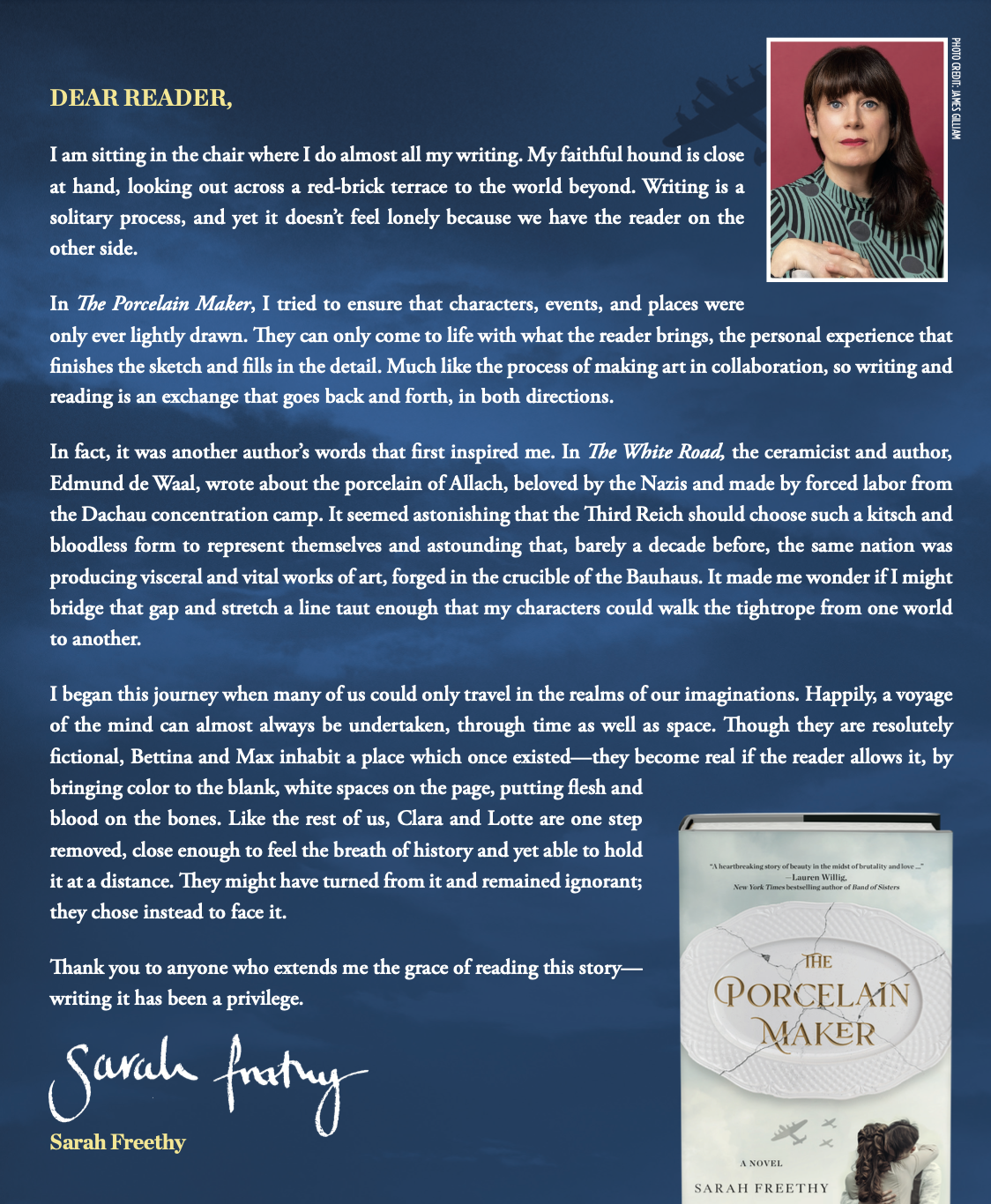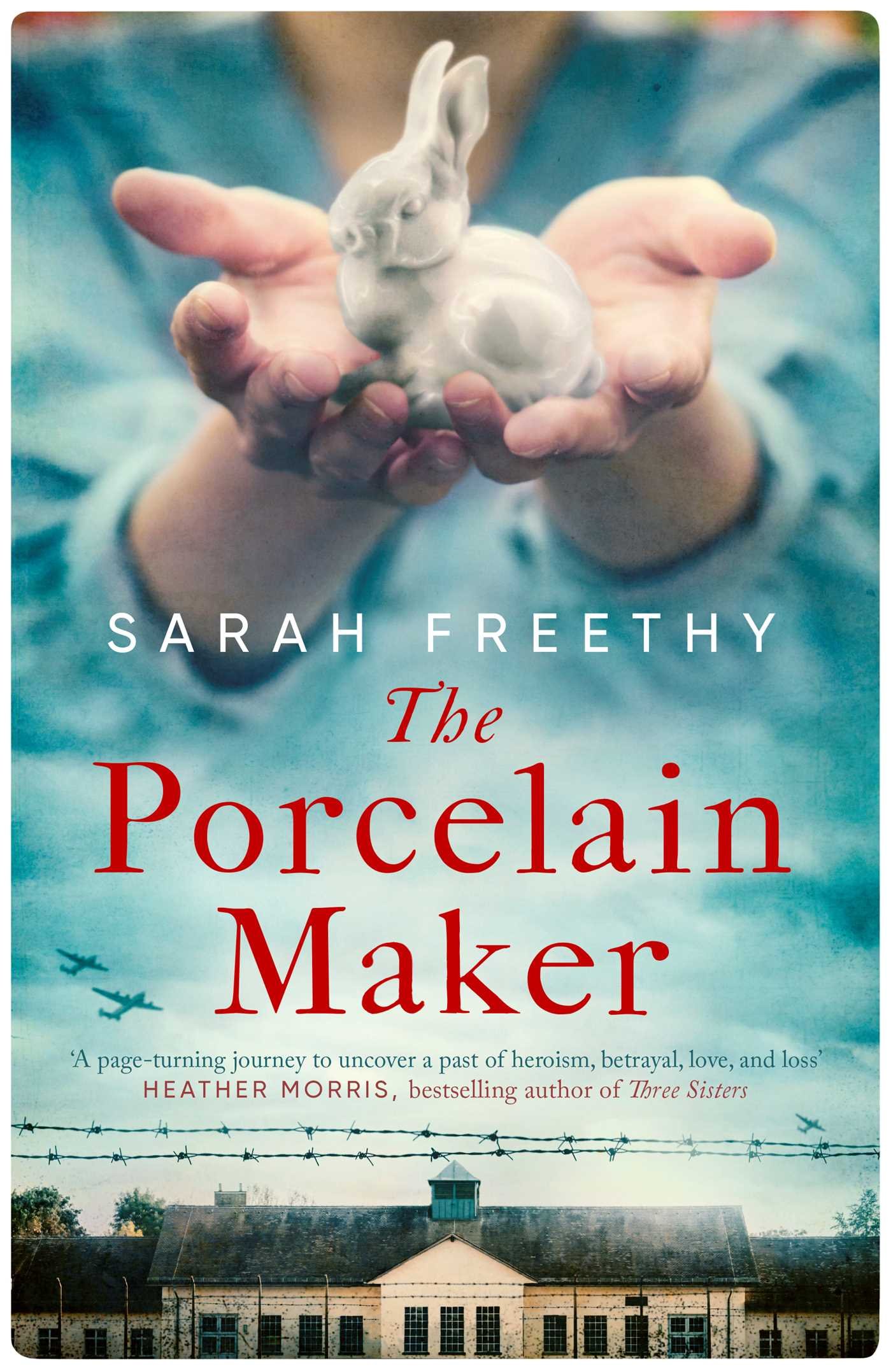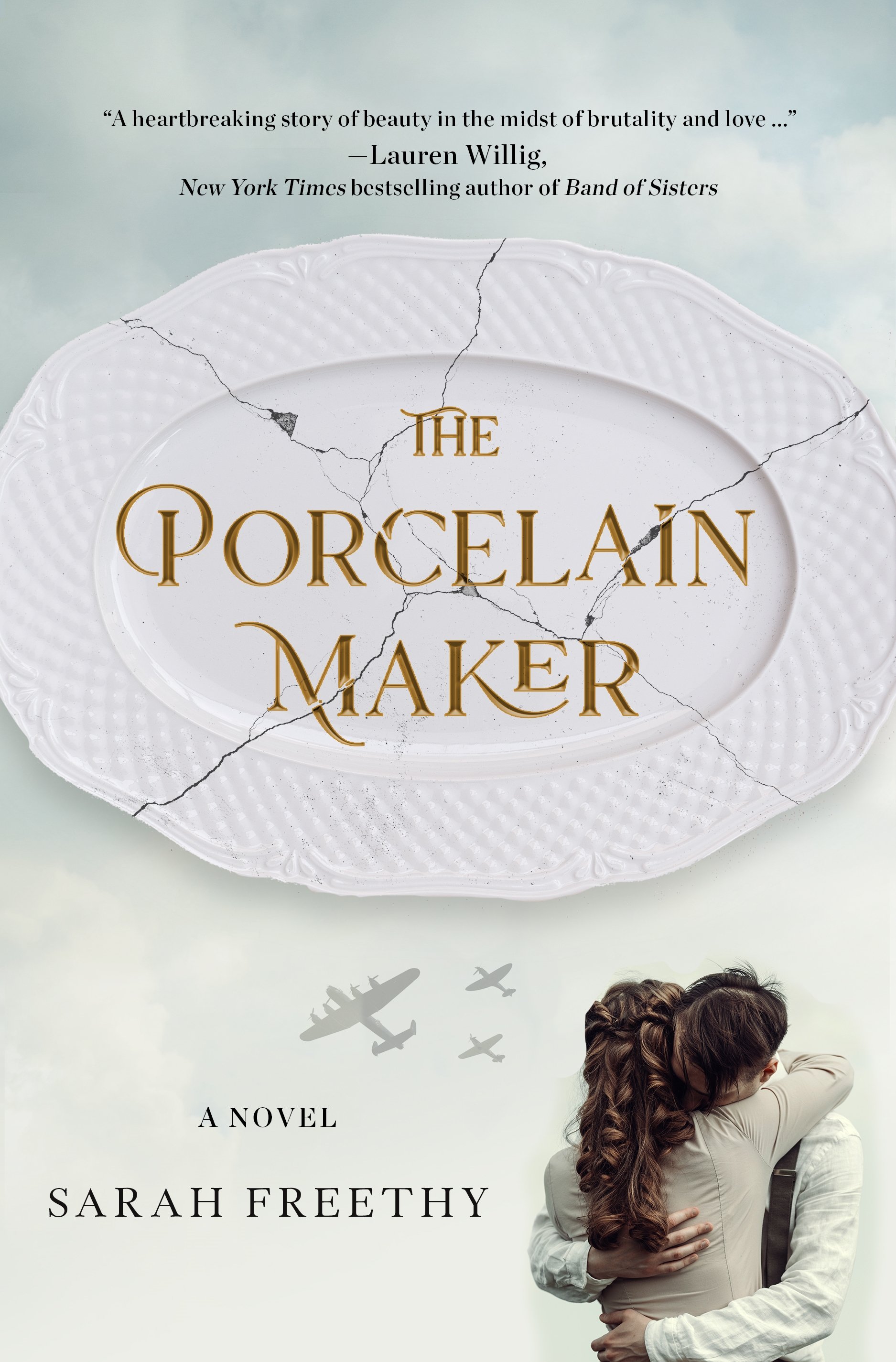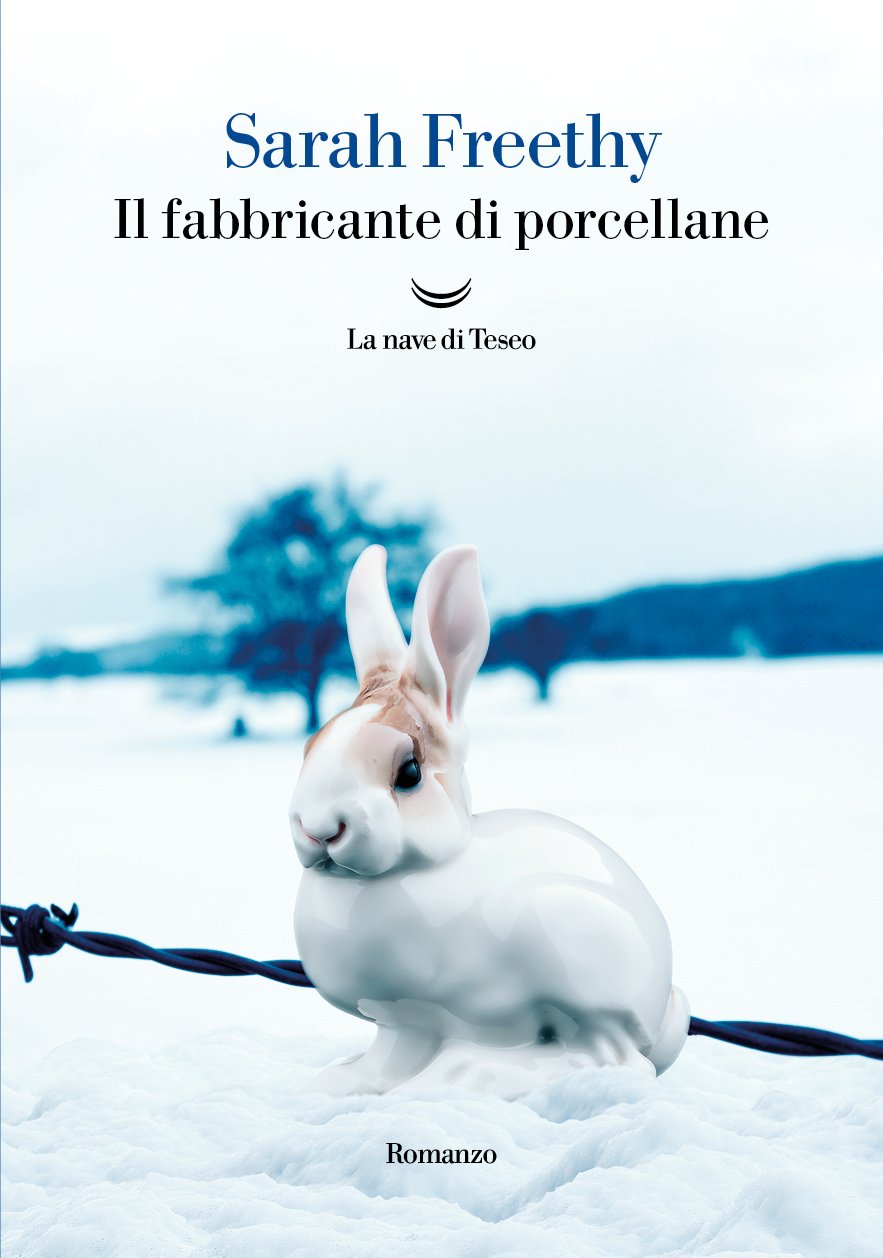A FEW WORDS ON THE FACTS IN HISTORICAL FICTION & GRATITUDE
Though set in a time and place which writers and readers return to again and again, The Porcelain Maker is a work of fiction. It feels like familiar territory, and yet there is much we do not know about the specific details of this time. I have tried my best to be accurate, but I am no scholar and I’m certain the detail will be found wanting. In the novel, The Porcelain Maker, some historical figures, institutions and places are based in reality, while others are works of pure imagination. Gudrun and Heinrich Himmler were real enough, but I make no claims to understand their inner workings. Gudrun did visit the concentration camps with her father and travelled to Dachau in spring of 1941, but I chose to send her to the rabbit hutches. The rabbits themselves, and their heated barracks, were well documented – Himmler bred 65,000 of them at the different camps across the Reich and kept angora-wool-bound photograph albums of his favourites. Allach Porcelain and the Dachau subcamp Porzellanmanufaktur Allach certainly existed, and the latter used forced labour from the camps, however, Bettina, Max, Richard, Holger et al never breathed outside of these pages.
In the course of my research, many people and resources proved invaluable.
My particular thanks go to Dmitri Abrahams and Richard Freedman of The Cape Town Holocaust & Genocide Centre who were so helpful.
To the Wiener Holocaust Library, David Irwin and Ben Barkow who were incredibly generous, sharing their recollections of the library in times past.
To Albert Knoll and the Comité International de Dachau who work tirelessly to ensure that the crimes committed at Dachau Concentration Camp and the subcamps are not forgotten.
The United States Holocaust Memorial Museum, an invaluable resource that brought so much to life for me, from artefacts to survivor testimonies. And most crucially, to all the survivors of the Holocaust who shared their stories with the world, so that we would never forget what they endured.
I would also like to acknowledge the artists of Ukraine for their powerful example of the vital role art plays in communicating the effects of war. I hope this novel serves as a reminder of the humanity of all refugees. Had the nations of the world welcomed them in more readily in the late 1930s, who knows how many might have survived?
To Edmund de Waal, whose work was such a source of inspiration. And Dan Snow, whose writing and broadcasting provided a window into so many seldom-told stories from this time. Thanks to Claire Fuller, Rebecca Fletcher, Heather Morris, Marie Benedict, Lauren Willig, Rachel Hore, Meg Waite Clayton, Laura Spence-Ash, Rebecca Horsfall and Elizabeth Haynes for their wisdom and generosity to an ingenue.
To my friends and family for everything. To Mama-Bean and my Darling Mouse - 143.
Sarah Freethy
May 2023





